HOME > Basketball
The battle for the second point guard in NBA history
9:29am, 8 June 2025【Basketball】
NBA history second point guard battle: multi-dimensional game between honor, times and basketball philosophy
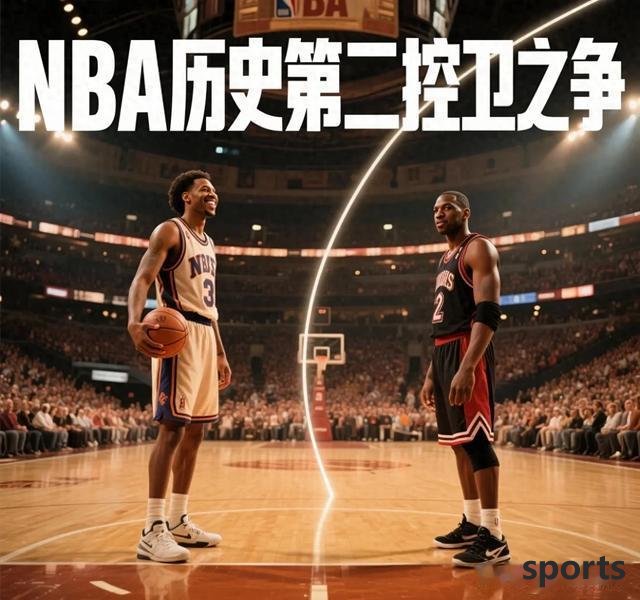
In the coordinate system of NBA history point guards, Magic Johnson ranked first with the attitude of "Son of God" - the 5-time championship, 3 MVPs, 3 FMVPs, and the historical assist king (11.2 per game) is difficult to surpass. The seat of the "second point guard" has become the most controversial battlefield in basketball history, and values and evaluation standards of different eras collide fiercely here. This article will analyze the unique paths of five core competitors from four dimensions: "Pyramid of Honor", "Technological Revolution", "Era adaptability" and "Cultural Influence".
1. Panoramic map of competitors: intuitive comparison of data and honors

2. In-depth analysis of core competitors: path differences and historical limitations
1. Steve Nash: The "anti-traditionalist" who uses his mind to change basketball
Technical revolution:
-Redefine "point guard creativity": Average of 11.4 assists in his career (third in history), and averaging 110.4 points in the Suns' running and bomb system from 2005 to 2006 (first in the league), and elevating "fast attack propulsion + pick-and-split ball" to art, and its passing arc (average height of 1.2 meters) and advance prediction (0.8 seconds before passing) became textbooks.
- Offensive influence: The real plus-minus value of 2005 MVP season + 10.2 (first in point guard history). When he was on the court, the Suns scored 13.2 more points per 100 rounds, and assisted without the ball (3.8 per game) set a precedent for modern point guards.
Controversial shortcomings:
- No crown pain: both Western Conference Finals (2005 and 2006) were defeated by the Spurs. In 2012, he joined the Lakers to form F4 and returned in a defeat. The defensive end was limited by the body (1.91 meters, 82 kg), and his career defensive efficiency was 106 (lower than Kidd's 102).
- Times bonus: Benefiting from the "2004 hand-check rule modification", the breakthrough resistance was reduced by 30%, but when facing top defenses such as "piston iron barrel formation" (the hit rate of 40.7% in the 2005 finals), the attack ability was limited.
Legend Evaluation:
"Nash makes every teammate better. He is the ceiling of basketball IQ." - Steve Cole (Warriors head coach, Nash teammate)
2. Jason Kidd: "Courtes Commander" who defines point guards with defense
All-round dominance:
- Triple-double milestone: 107 triple-doubles (third in history, first in point guards), averaging 16.9 points, 10.8 assists and 7.7 rebounds per game in the 2000-01 season. It is the only point guard in history who has "15+10+7" in a single season.
- Defensive deterrence: 9 best defensive lineup (first in point guard in history), used "death entanglement" to limit Kobe (G4 Kobe made 6 of 20 shots), averaged 2.2 steals per game in his career (sixth in history), and had an area of 15.8 feet (top point guard).
Offensive limitations:
-Efficiency bottleneck: The real career shooting percentage is 53.8% (less than Nash's 57.8%), and the three-point shooting percentage is 34.9%. As a core ball holder, the team's offensive efficiency is only 106.3 (Nash's 110.2).
- Role conversion controversy: During the Nets' period (2002-03), he relied on the "Kidd Martin Jefferson" fast attack system, and his personal score (14.7 points) and offensive ability (41.2% shooting percentage at critical moments) were inferior to Nash.
Highlights of data:
Kidd entered the playoffs 13 times in his career and led the team to 50 wins 9 times, which is synonymous with "lower limit guarantee". In 2011, as a Mavericks veteran, he averaged 8.3 assists + 2.3 steals per game in the finals, showing the ultimate form of "field control master".
3. Stephen Curry: "Crossover" who reconstructs rules with range
Position Revolution:
- New dimension of point guard: Although the official position is a point guard, Curry served as the main controller 62% of his career (2015-2023 data), averaging 6.8 minutes of ball holding time (average 6.2 minutes of point guard). His "dribbling creates three-pointers" ability (average 5.1 dribbling three-pointers per game) redefines the point guard threat radius.
- Team influence: In the 2022 Finals, when Curry held the ball, the Warriors scored 118 points per 100 rounds (105 points without the ball), and their restraining power increased the teammate's open shooting percentage by 9.2%, far exceeding the traditional point guard (Nash's 5.1%).
Point Guard attribute dispute:
- Inadequate organizational role: Average of 6.5 assists per game in his career (less than Nash's 11.4 times), assist rate of 30.2% (average point guard 38.5%), relying more on the unball restraint in "dynamic offense" rather than the traditional "ball-holding allocation".
- Defensive shortcomings: career defensive efficiency is 108 (middle and lower reaches of point guard), and it is easy to become a target point when changing defense against pick-and-roll (Irving's single shot hit rate in the 2016 Finals is 58.3%).
Breakthrough in the era:
Curry used "4 years 3 championships + unanimous MVP" to prove that point guards can become super core without relying on traditional organizational capabilities and rely solely on "historical projection + restraint force". If "change the basketball ecology" is used as the standard, its influence has surpassed most traditional point guards.
4. Isaiah Thomas: "Little Hero" in the Hardcore Era
Champion Value:
- The only point guard who defeated Jordan as "absolute core" (the Pistons won two consecutive championships in 1989 and 1990), averaged 27.6 points and 7 assists per game in the 1990 Finals, and G2 played with injury and scored 43 points, interpreting the "killer instinct".
- Confrontational intensity benchmark: In the era of "Bad Boys", the number of breaches per game (7.3 times) is nearly twice that of the modern point guard (3.8 times Curry) and the breakthrough rate at the basket is 58.1% (1.85 meters tall) is a miracle.
Evaluation controversy:
- Disadvantages in data accumulation: Average of 19 points and 9.3 assists in career. Due to the short peak period (13 years) and three-point shortcoming (29.0%), the high-level data (WS/48 0.198) is lower than Nash and Curry;
- Cultural identity bias: The image of the executor of the "Jordan Law" affects historical reputation. ESPN ranked it as the 6th point guard in history in 2024, lower than Stockton.
5. John Stockton: "Silent Recorder" in the long river of data
Data hegemony:
- Historical assist king (15,806 times) + steal king (3,265 times), has been the assist king for nine consecutive years (1988-1996). The "pick-roll combination" with Malone (completed a total of 4,621 pick-and-roll assists in his career) is one of the most classic tactics in the NBA.
- Stability Myth: Full attendance in 19 years of career (1504 games), averaging 13.1 points and 10.5 assists per game, and a real shooting percentage of 55.2%, which is synonymous with "durability".
Honors and weaknesses:
- No MVP, no championship, only 2 best teams (1997, 1999), and third in MVP vote (lost to Barkley and Jordan) during its peak period (1993). Due to the positioning of "Marlong's deputy", his personal influence has never reached the top level.
- The limitations of the times: In the 1990s, the Jazz mainly focused on "positional battle + low post", Stockton made 38.4% three-point shooting percentage (career) but only 1.8 shots per game, lacking the space threat of modern point guards.
3. Four coordinate systems of evaluation criteria: Why are the answers always open?
1. Honor Priority
- Supporters' Views: Championship > MVP > Data accumulation, Kidd (1 championship), Thomas (2 championships) is better than Nash (0 championships) and Stockton (0 championships).
- Counter-example refutation: Although Curry (4 championships) has doubts in his position, he has won the championship as a core far more than Kidd, and his two MVPs are very valuable.
2. Theory of Technological Innovation
- Supporters' views: Nash (running and bombing) and Curry (three-pointers) are more subversive to basketball tactics than Kidd (traditional organization) and Thomas (hard-core confrontation).
- Data support: After the Nash era, the league average rounds per game increased from 92.0 to 99.3; after the Curry era, the average three-point shooting per game soared from 18.1 to 33.3.
3. Confrontation theory of the times
- Supporters' view: In the 1990s, point guards had to face the "Bad Boys Legion" and "Four Centers", and Thomas and Stockton's championship/data were more valuable.
- Data comparison: Thomas averaged 19.8 points per game against first-team players in his career, with a shooting percentage of 46.1%; Nash averaged 18.3 points per game against first-team players, with a shooting percentage of 45.2%.
4. Cultural Influence Theory
- Curry's Advantages: The world's number one jersey sales (2023), social media fans have exceeded 150 million, and its commercial value (US$1.2 billion) far surpasses other point guards, and its influence has broken through the sports circle.
- Nash Legacy: The "football-style pass" aesthetic attracts non-basketball fans. After retiring, it became a Warriors consultant, indirectly promoting the development of modern basketball.
4. Dynamicity of historical rankings: Future variables and ultimate answers
Active disruptor:
- Chris Paul: 12 All-Stars, 5 assists, and 10 best teams. If he can win the championship (the Suns are still competitive in 2024), he may hit the top four;
- Doncic: 23 years old has three teams + 1 Western Conference Finals. If he continues his performance of "25+8+8", he may become the new candidate for the second point guard in the future.
Ultimate judgment: The essence of the second point guard is "the spokesperson of the times"
-Before the 2000s: Thomas (hardcore champion)> Stockton (data eternal);
-2010s: Nash (tactical revolution)> Kidd (all-around champion);
-After the 2020s: Curry (cross-border influence)> Nash (technical purity).
ESPN Latest Rankings for 2024:
1. Magic Johnson
2. Stephen Curry
3. Steve Nash
4. Jason Kidd
5. John Stockton
6. Isaiah Thomas
Bleacher Report 2024 Rankings:
1. Magic Johnson
2. Steve Nash
3. Jason Kidd
4. Stephen Curry(Baseback Classification)
5. John Stockton
6. Isaiah Thomas
The essence of difference: ESPN recognizes Curry's "point guard" significance in the times, and BR adheres to the traditional definition of point guard, reflecting the conflict between "position blurring" and "classical standards".
Conclusion: The philosophy of the second point guard - another great form
There has never been a "perfect number two" in basketball history, only "irreplaceable" in different dimensions:
-Nash proves that point guards can use "creativeness" to surpass physical limitations;
- Kidd interprets that point guards can use "defense + organization" to define victory;
- Curry reveals that point guards can use "range" to reconstruct game rules;
- Thomas and Stockton wrote the survival epic of the "hard core era".
Perhaps the real answer is: When we argue about "who is the second point guard", the essence is to pay tribute to pioneers who have driven basketball progress in different ways. They are like different sections of a prism, reflecting the diverse charm of the point guard position - this is the most moving narrative in basketball history.
or above or related issues are not responsible, nor shall they bear any direct and indirect legal liability. If your rights are infringed, please contact me and I will delete the content immediately!
Related Posts
- As expected! Reporters posted netizen prediction votes: 60% successfully predicted that James would not announce his retirement.
- A star who may retire in the NBA in the past five years. Time always says goodbye
- +1! The fourth player this summer goes abroad and joins the overseas league and is expected to become the next Yang Hansen
- Adebayo s girlfriend is too strong: He won 6 consecutive victories with 30+16, breaking the record and becoming the first person in WNBA history
- The Chinese men s basketball team will see a blowout talent in the next Olympics, and Yao Ming s dividends will gradually be reflected!
- NBA Rockets News: Renewal with Tate
- Wiggins takes a family on vacation and earns 250 million yuan. The Lakers want to trade him, and his wife has a good figure
- Heroes cherish each other! Pierce praised Kobe as the second Jordan, saying that defending him is very stressful
- NBA Playoffs: Unexpected 3-1, Kaiyong is in trouble, Nuggets Thunder King Mountain
- Chasing dreams and mocking Dillon was criticized by American netizens! James was caught in a gunfire!
Hot Posts
- As expected! Reporters posted netizen prediction votes: 60% successfully predicted that James would not announce his retirement.
- A star who may retire in the NBA in the past five years. Time always says goodbye
- +1! The fourth player this summer goes abroad and joins the overseas league and is expected to become the next Yang Hansen
- Adebayo s girlfriend is too strong: He won 6 consecutive victories with 30+16, breaking the record and becoming the first person in WNBA history
Recommend
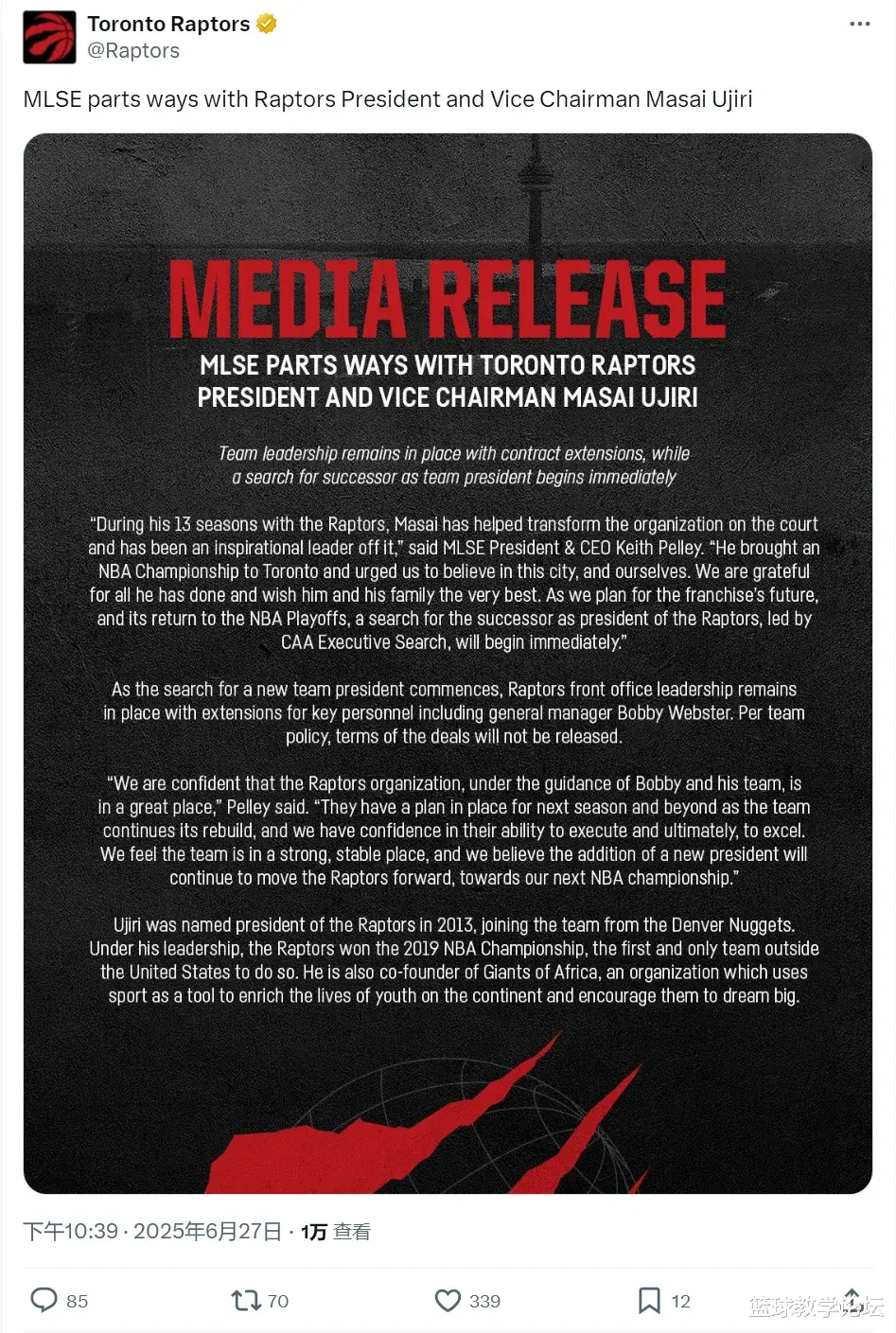
Official announcement! Official fired! The champion of the championship was forced to leave the team
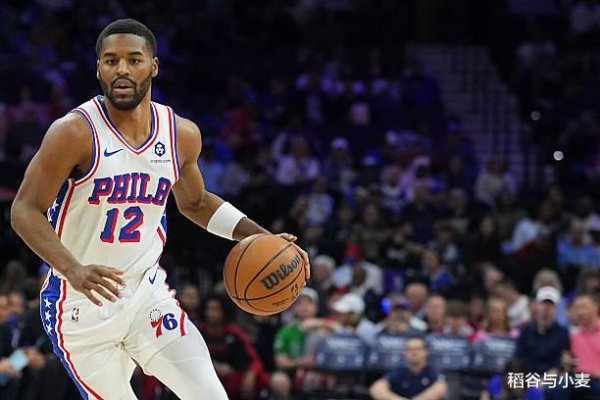
The Suns completed the signing of the former NCAA Final Four MOP. Can he re-prove his strength?

Congratulations to the Thunder, winning the Western Conference Championship! Alexander deserves his reputation, scoring 34 points and 8 assists with only 4 free throws, his...

Beverly sorts the stars by organizational ability: Harden, James, Kobe, KD, Irving

Starting schedule for the new season? Redick: I won t spend too much time on this issue
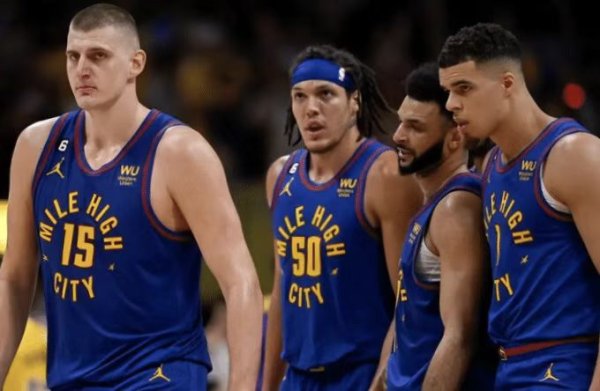
The strongest counterattack script in the NBA: From 30% winning rate to tiebreak battle, the Nuggets write a playoff legend
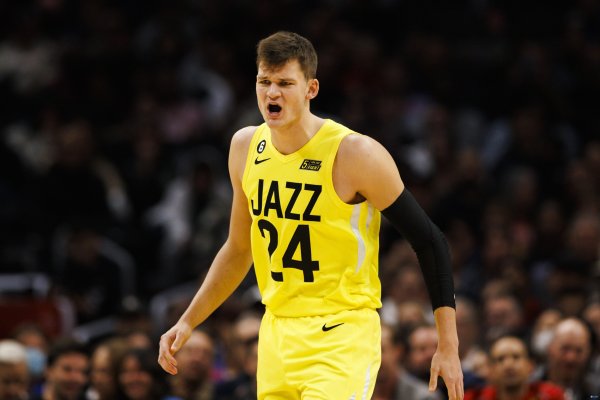
The Lakers give up Kessler s deal! 5.7 million locks Capela, Paul Old is the target of basic salary

7 players hit double figures, a big upset! The dark horse collapsed and lost 2 games in a row: 3 of 24 three-pointers, the trio scored 55 points in vain